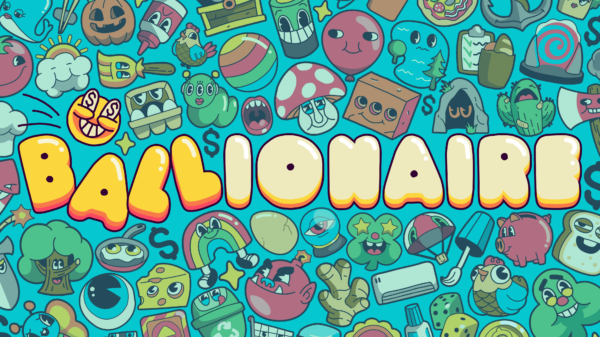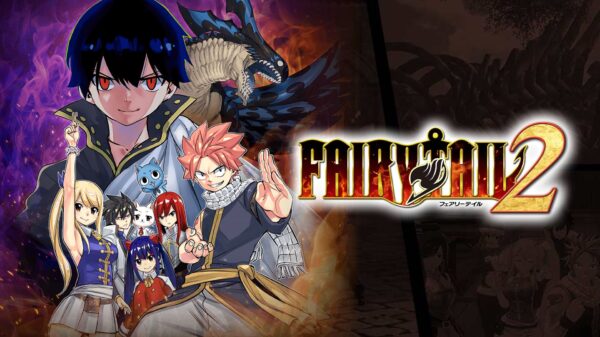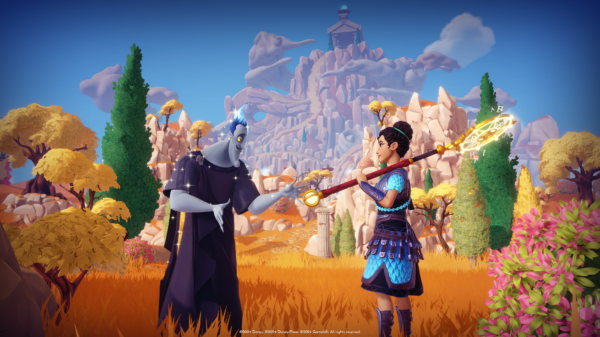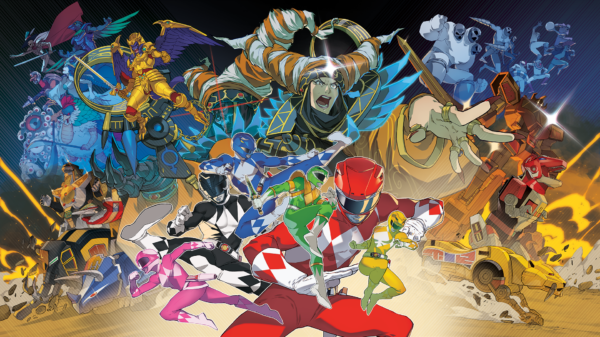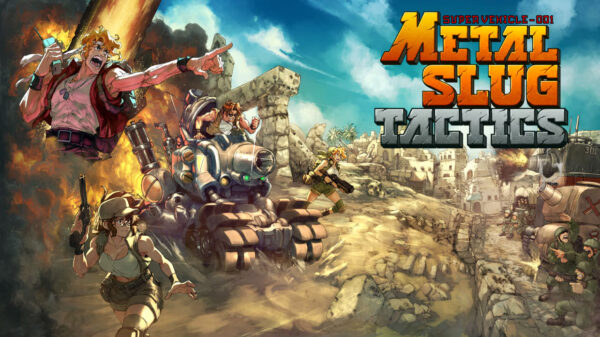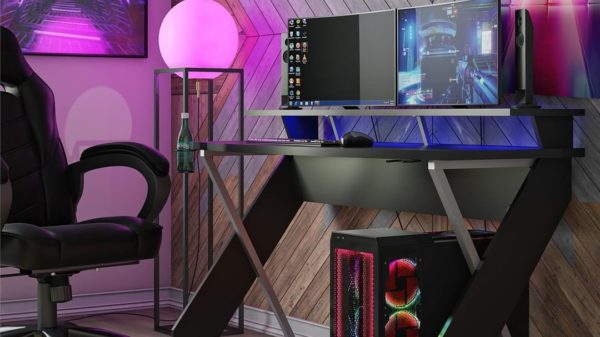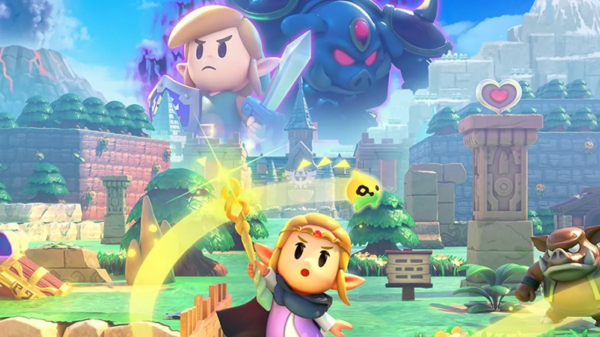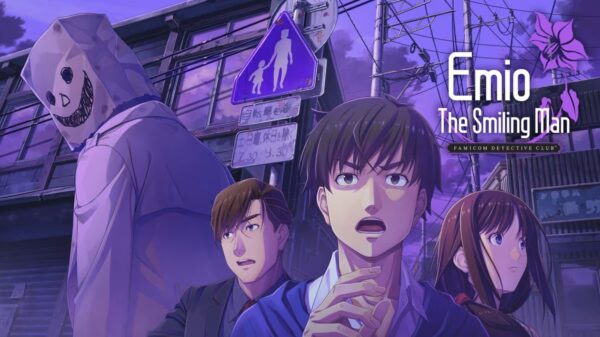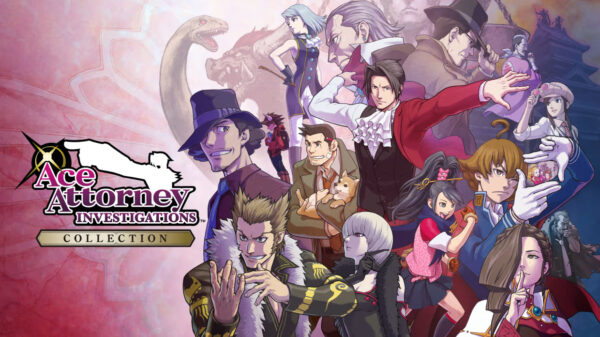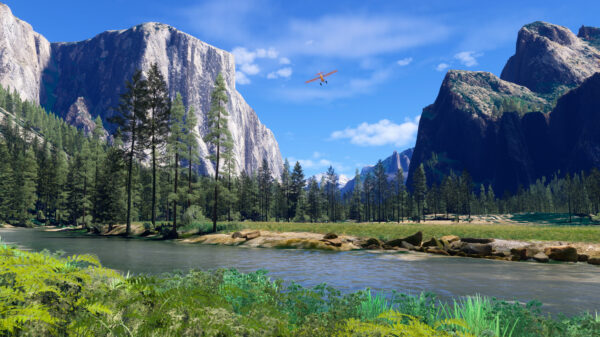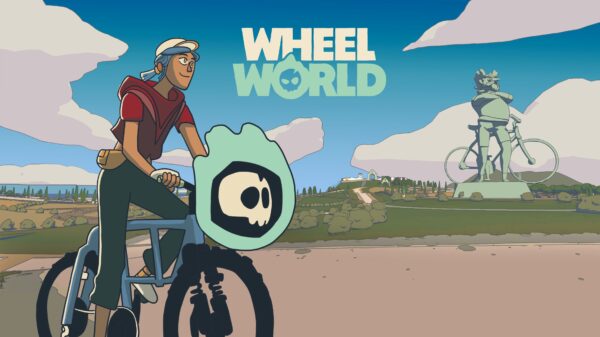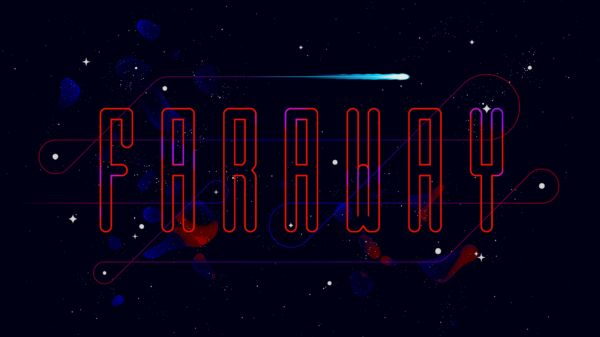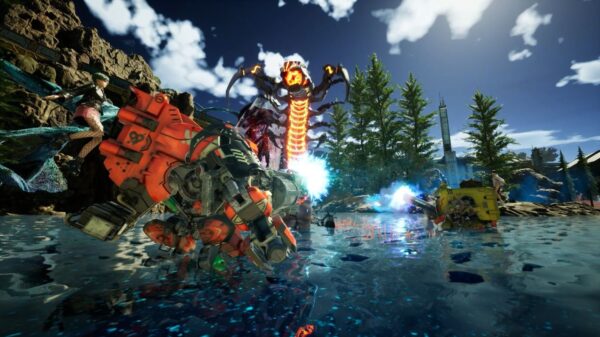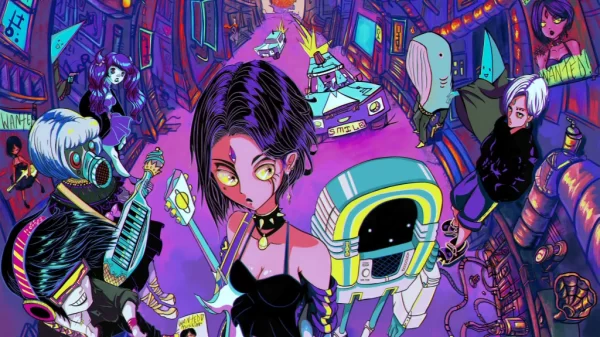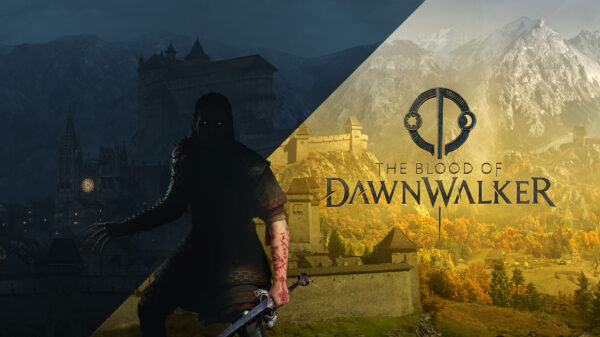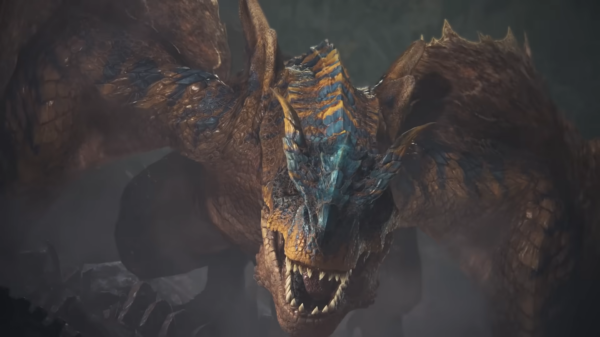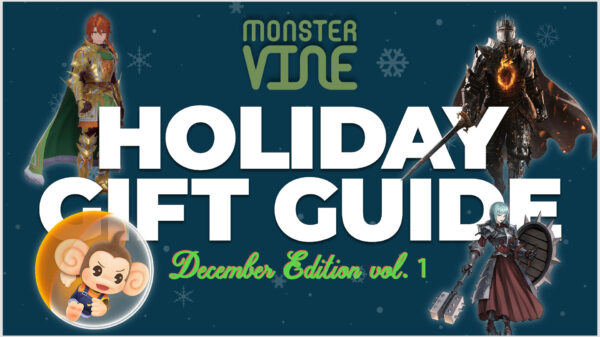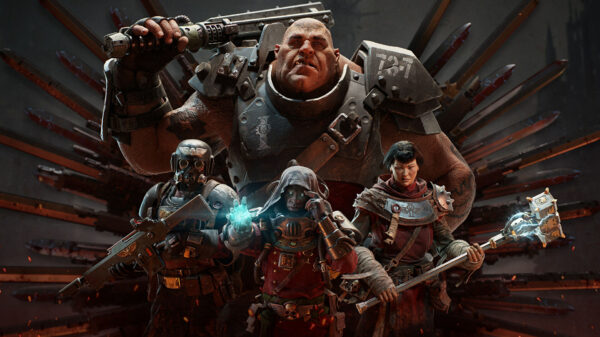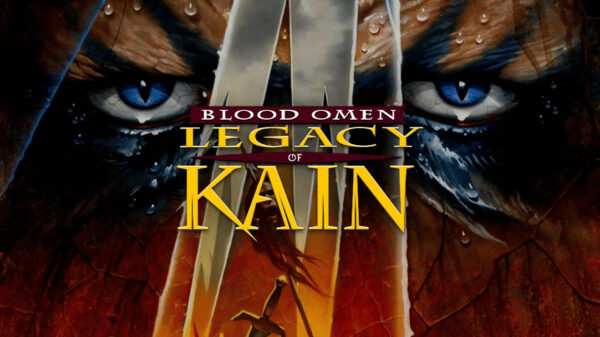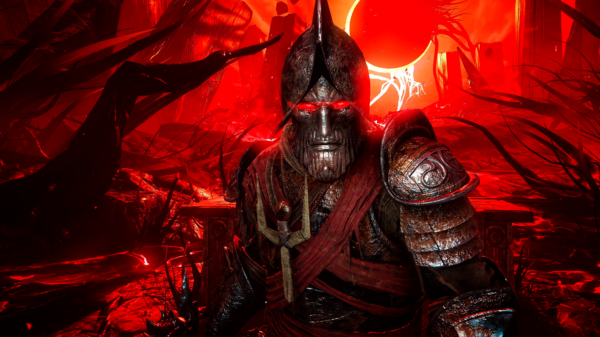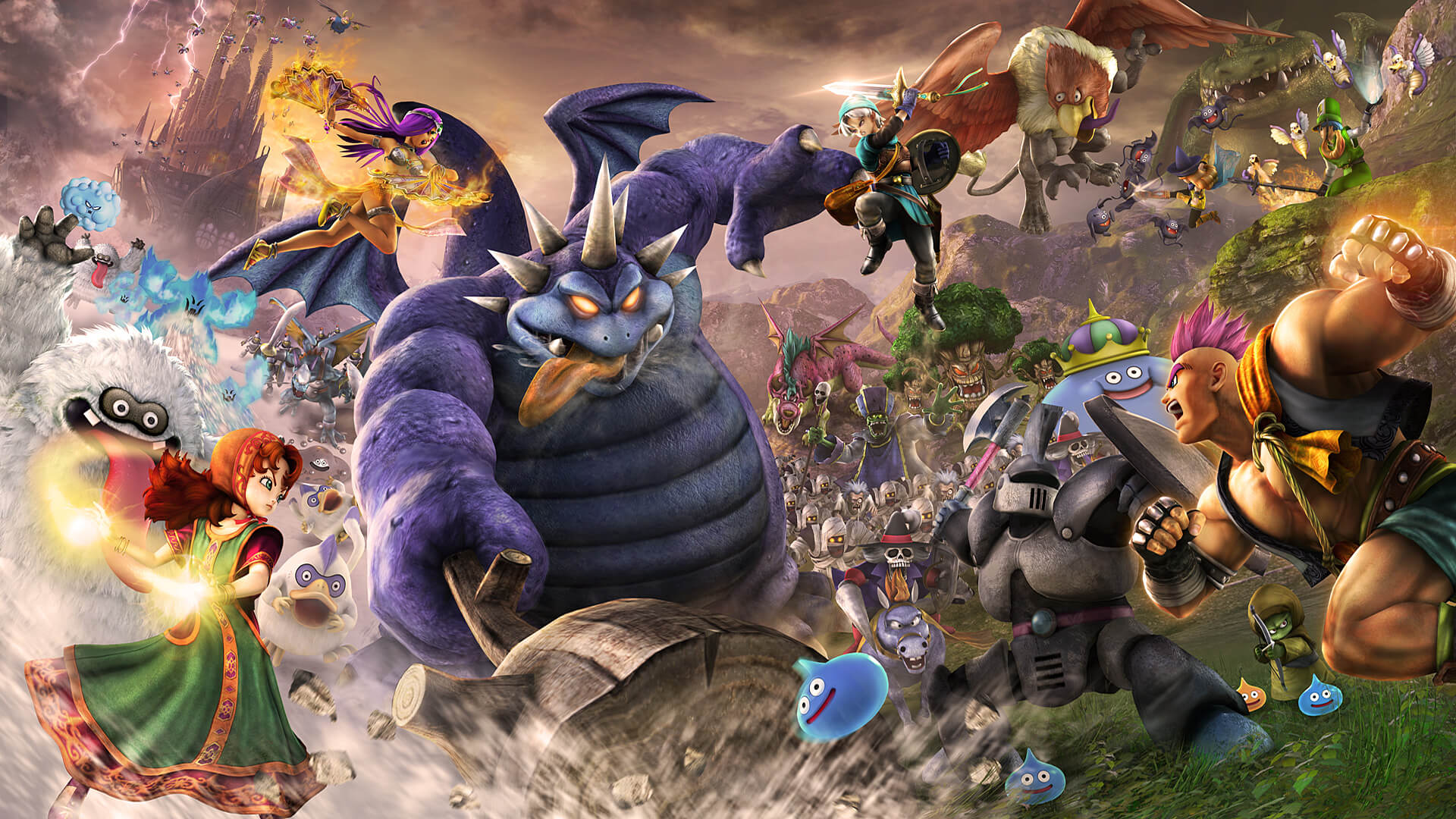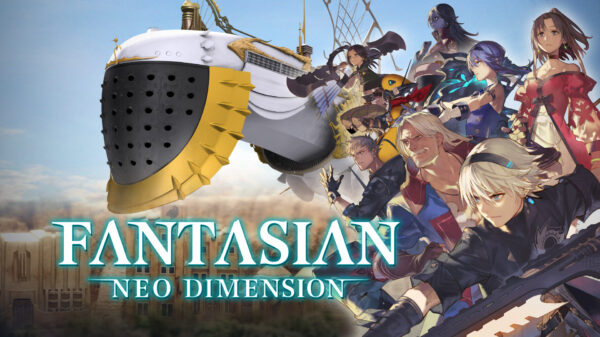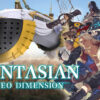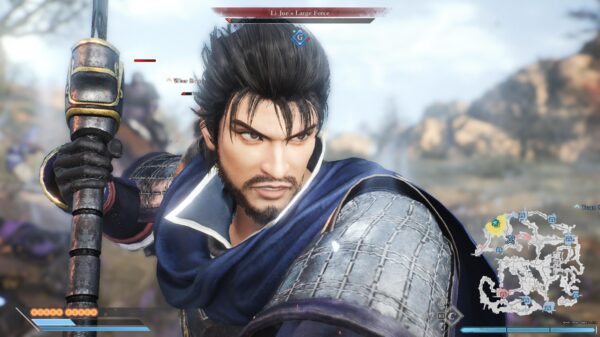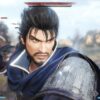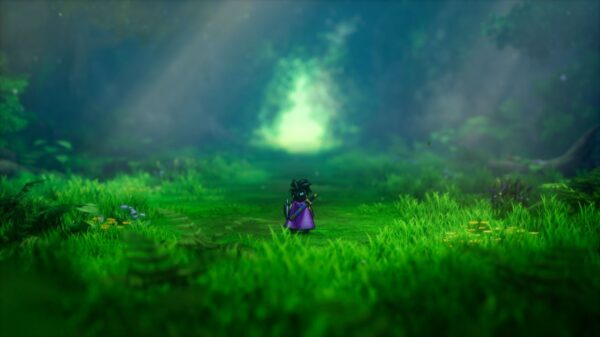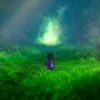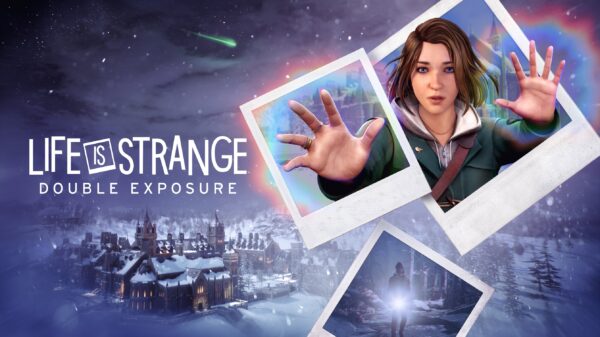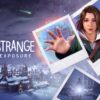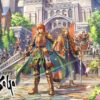Dragon Quest Heroes II is unique in its execution of the musou genre, for better or for worse. The large spanning areas with minimal enemy numbers tend to make stretches of Heroes II drag on, but the implementation of monster medals and the great variety of playable characters make this experiment an overall success.

Dragon Quest Heroes II
Developer: Square Enix
Price: $59.99
Platforms: PS4 (reviewed)
Since the first Dragon Quest Heroes, I’ve maintained the stance that Dragon Quest is a perfect fit for the musou genre. The bountiful number of well-designed monsters are perfect slashing fodder, and the sense of humour the Dragon Quest series is known for makes the Heroes games the most light-hearted and silly of the bunch. With Heroes II Square Enix looked to change the genre up, in ways that prove to be both successful, and somewhat lacking.
Dragon Quest Heroes II‘s story isn’t particularly unique, but that’s to be expected from the musou genre, where the focus is entirely on gameplay. Players take the role of Lazarel and Teresa, two cousins from the kingdom of Dunisia who are visiting the neighbouring kingdom of Arba. While Lazarel lives and studies in Dunisia, Teresa is simply there to visit her cousin. Suddenly, the two peaceful kingdoms are at war with one another, with the two cousins caught in the middle as they try to make peace. Even without a particularly deep narrative, the humour and charm that comes from the dialogue is enough to keep playing the whole way through.
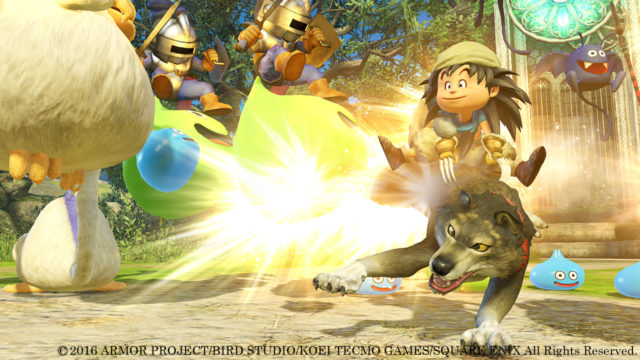
Like most musou games, the primary objective is to dice up dozens of enemies in a set area, while also focusing on a side objective like protecting a party member, or taking over certain areas of the map. Heroes II defies convention by instead providing you with large stretches of land between shorter boss stages, in sharp contrast to the usual style of having numerous separate arcade-like stages with a clear objective.
While these huge fields and deserts make your journey feel more like a quest, they also tend to drag on due to the surprising lack of enemy hordes. While there are enemies throughout each map, the majority of them show little interest in fighting you until you attack them. Not only that, but the hordes are far smaller than expected, meaning you’ll only really get to fight huge groups of colorful monsters in the more conventional smaller stages. This sense of elongation makes parts of the game feel dry and somewhat boring, which takes away a lot of the game’s momentum.
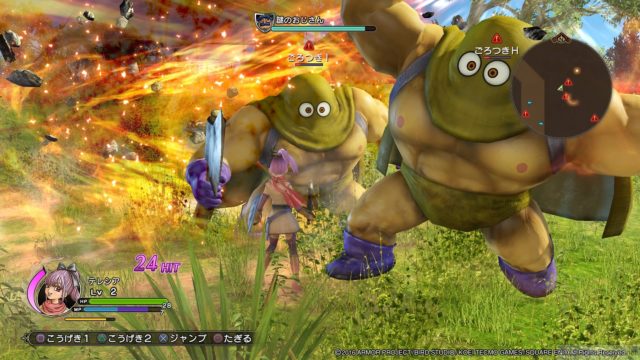
The use of monster medals is a highlight in Heroes II, as it adds an almost Pokémon-esque feeling of collection to the game, albeit more so in the short-term. When defeated, monsters can randomly drop a medal with themselves engraved into it. By picking that medal up, you can use it to summon the monster as an ally. Some monsters appear as units to help you in battle, while others boost your stats. The coolest type of monsters tend to be the large ones, as their medal allow you to become them for a short period of time. Turning into a Golem and slamming everything around you is invigorating, and really mixes things up from the usual musou style.
When you are actually faced with large groups of monsters, the combat is ridiculously over-the-top and fun,. Mowing down enemies with all sorts of wide-ranged explosive slashes and stabs is a blast, especially with the variety of characters at your disposal. Fan-favorite characters from previous Dragon Quest titles make an appearance, with a plethora of characters not included in the first Heroes game. Some of my personal favorites, like Angelo from Dragon Quest VIII and Gabo/Ruff from Dragon Quest VII have become playable in Heroes II, and I’m happy to say that they, alongside the various other characters, are well-translated when implemented into the Warriors format. Each character has their signature weapons from their respective games, which gives everybody their own unique style of fighting. For example, the merchant Torneko plays nothing like the swordsman Terry, as it should be.
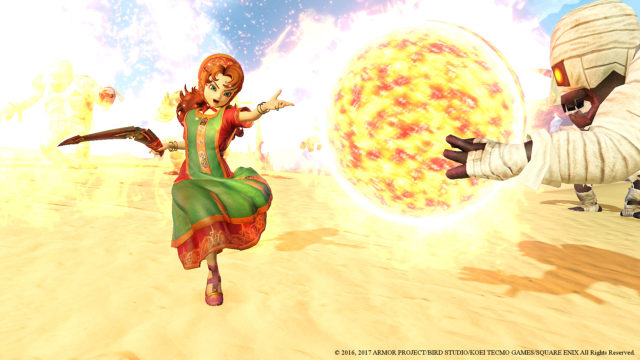
The visuals in Dragon Quest Heroes II are fantastic, as they manage to translate Akria Toriyama’s cartoony style into 3D in a rather pleasing way. Each character and monster is full of life and creativity, as I’ve ranted about countless times before. Toriyama’s style works well with the musou style thanks to how sharp and colorful it is. Slashing up enemies creates a wonderful medley of sharp colors, making it far more colorful than other Warriors games.
Dragon Quest Heroes II‘s sound is utterly fantastic, thanks to its memorable music and impressively energetic voice acting. The soundtrack is the usual Dragon Quest fare, made up of rousing battle songs full of energy and vigor, and soothing town tunes that could put the most uptight adventurer at ease. The voice acting is a huge success thanks to how enthusiastic the voice actors are. The silly writing and humor greatly benefits from how invested the voice actors and actresses seem to be, which goes a long way in establishing a fun tone.
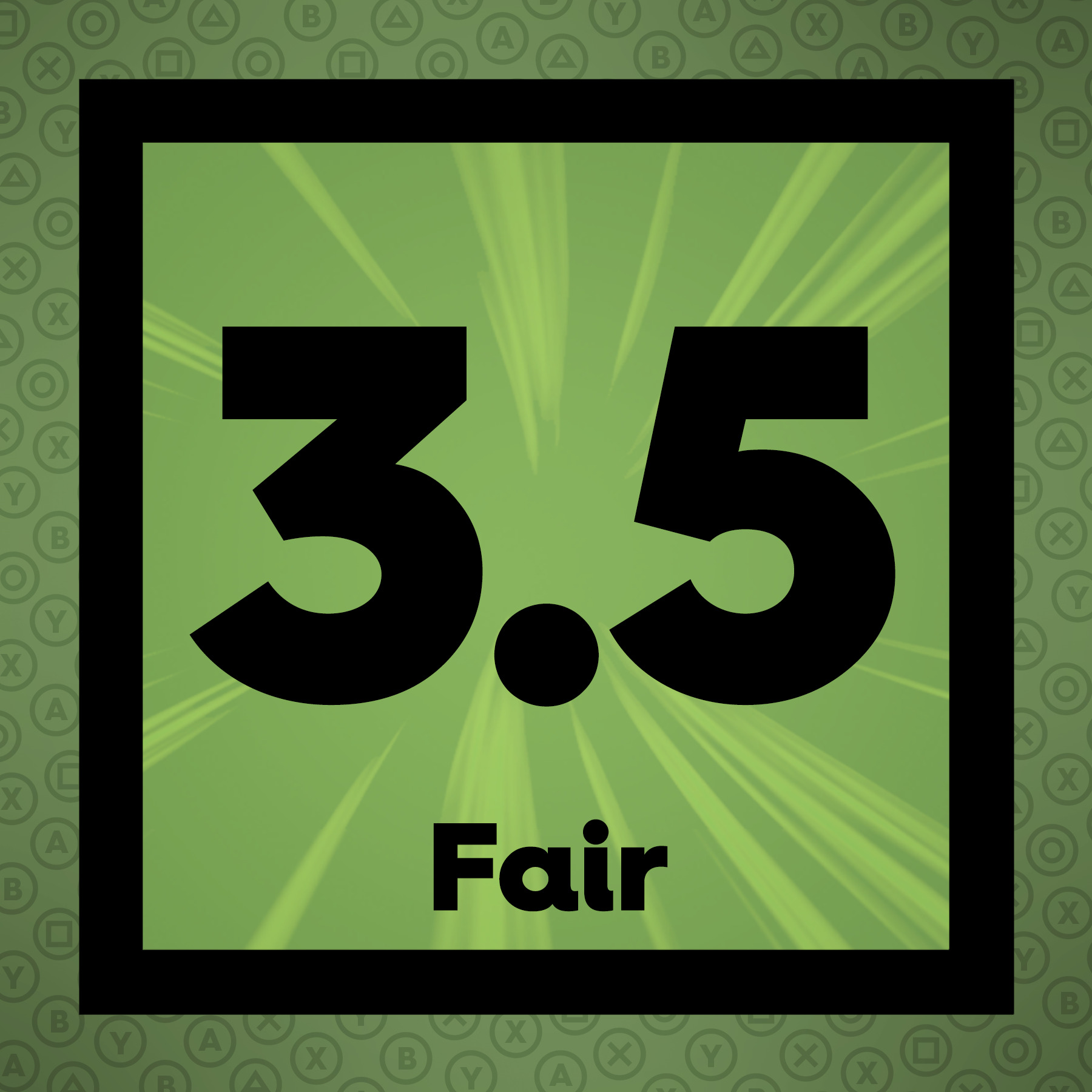 The Final Word
The Final Word
Dragon Quest Heroes II is a mostly successful variation of the tried and true musou genre. While some of its new features make the game feel dull at times, the use of monster medals and the wonderful writing make this a musou for Dragon Quest fans and Warrior fans alike.
MonsterVine Rating: 3.5 out of 5 – Fair

